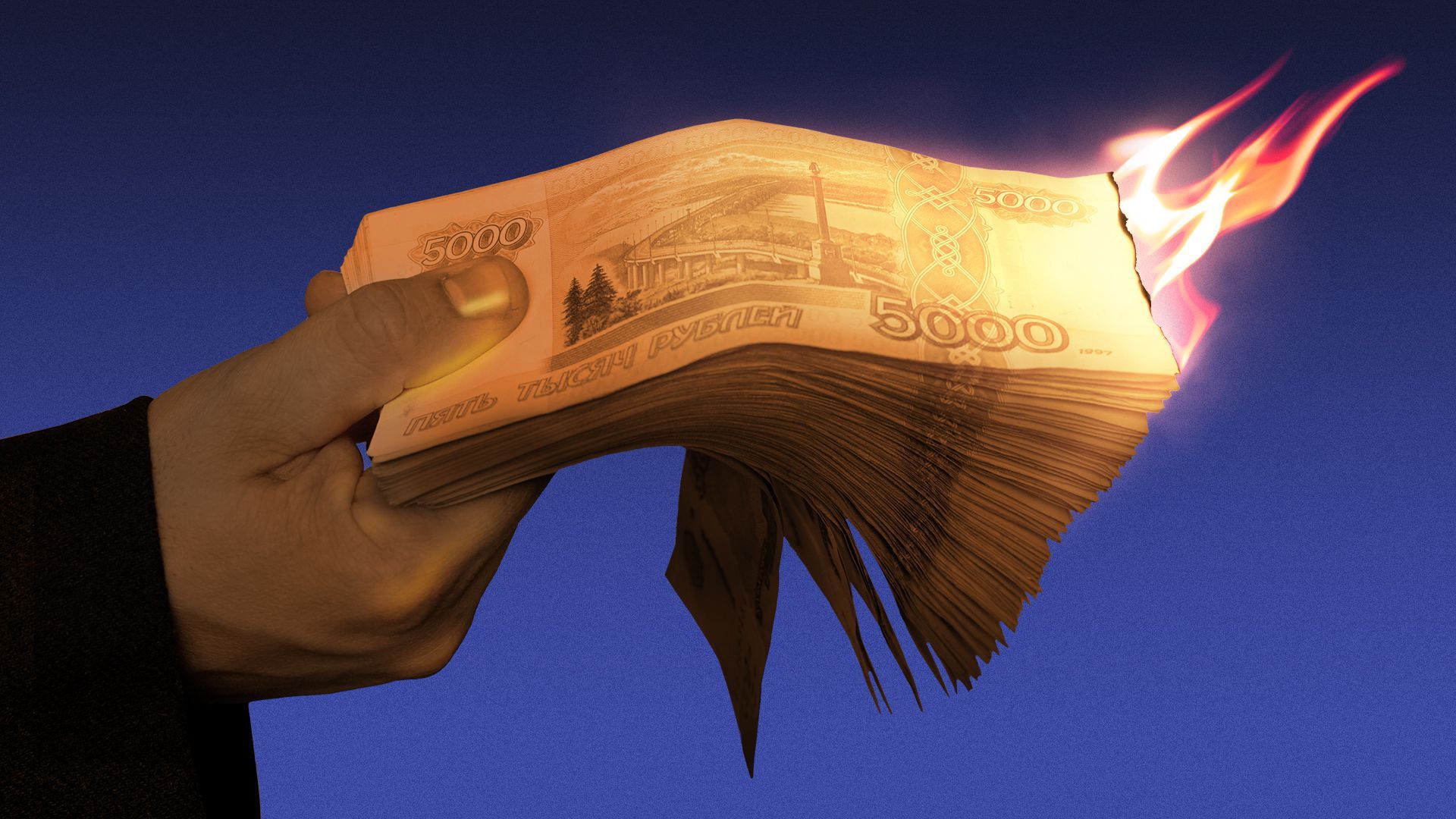 Data: Ludwig Institute; Chart: Erin Davis/Axios Visuals While the cost of living is up overall, the cost of living well has been falling, according to an innovative index that measures the cost of bare recreational necessities, like short vacations and money for gifts and holidays, Axios' Felix Salmon writes. Why it matters: Just because an activity is recreational doesn't mean it's unnecessary. Household budgets across the country have to find space for some such activities, lest their absence cause real problems with physical and mental health. Driving the news: LISEP, the Ludwig Institute for Shared Economic Prosperity, has put together a basket of the bare recreational necessities, to see what's happened to their cost over the past 20 years. They call it the Minimal Quality of Life (MQL) Index. - Components include eating out twice a month; basic adult sports equipment like running shoes or a bicycle; the cost of sports at school for children; tickets to a minor league baseball game; a three-day annual vacation; and some money for gifts, decorations and holiday dinner in December. Plus, one television subscription.
By the numbers: The cost of the bundle, in nominal terms, rose from $2,586 in 2001 to $3,577 in 2021. That's lower than the overall rate of inflation, albeit still high enough to make such necessities unaffordable for any American family earning the median income of $70,784 in 2021. (The more children the family has, the more unaffordable it becomes.) Between the lines: The MQL index has actually been coming down in nominal terms since 2013. That's when streaming services started to replace a cable TV subscription in the bundle. - The TV component of the index has fallen from $746 per year in 2012 to $277 in 2021 — a 63% decline. That helped the overall MQL cost fall from a high of $3,900 in 2012 to its most recent level of $3,577.
- In other words: The falling cost of TV dwarfed the modest 1.2% rise in the cost of eating out over the same period, or even the 9% rise in vacation costs.
The bottom line: The greatest corporate force in terms of reducing household recreation budgets might no longer be Walmart. Rather, it looks like it's the rotation away from the cable bundle and towards streaming. | 







No comments:
Post a Comment